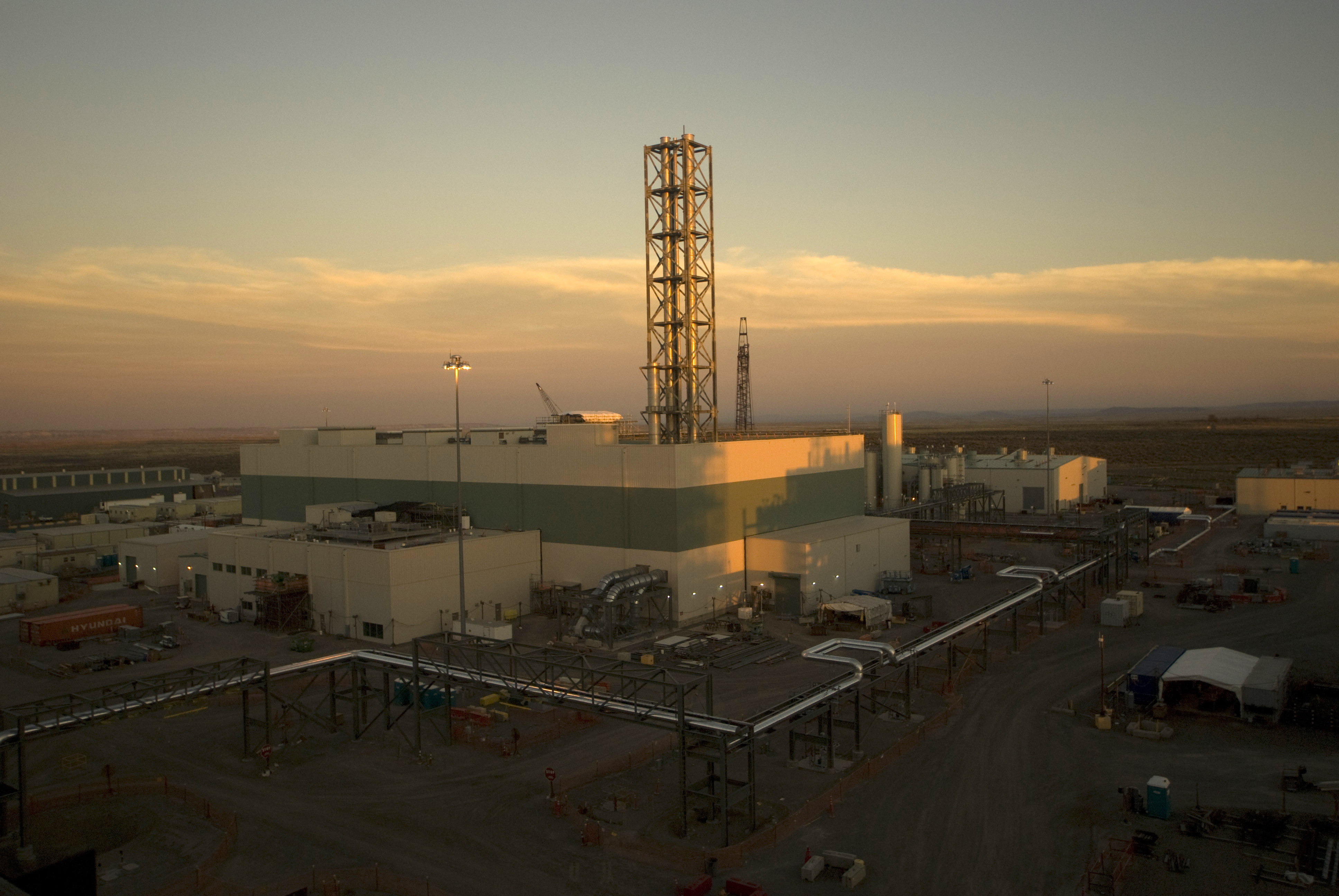A decade after work began on the $12.2-billion waste treatment plant at the U.S. Dept. of Energy's Hanford site in southeastern Washington—set to be the world's largest to treat "mixed" nuclear and chemical wastes—the 65-acre "vit plant" complex still faces uncertainty in cost and design, despite completion of 85% of its engineering and more than 60% of its construction.
The difficulty of designing the facilities needed to turn Hanford's 56 million gallons of liquid radioactive and chemical wastes into vitrified glass has DOE and its main contractor, Frederick, Md.-based Bechtel National, cautious as they stare down a 2013 design completion deadline for the project. Since its start in 2001, the project's price has tripled to the current $12.2 billion. Rising steel prices and technical issues in the final design could push it even higher. A Bechtel spokeswoman says if Congress ends up changing the way it appropriates money for the project, those changes could alter project delivery and affect the final price tag.
The vitrification complex will receive wastes now stored in deteriorating underground tanks that date back to Hanford's World War II origins as a nuclear bombmaking site. Its different facilities will remove water and solids, then mix the remaining heated waste with molten glass to be stored as logs in stainless-steel canisters. The plant "is a technically complex machine that requires constant vigilance and focus," says DOE spokeswoman Carrie Meyer. Construction is set for significant wrap-up in 2016. Operations are slated to start in 2019 and be at 70% capacity in 2022. Full operation was originally targeted for this year.
The process entails construction of four major concrete facilities to pretreat and separate wastes, vitrify the wastes based on level of radioactivity and provide laboratory analysis as well as about 20 support buildings for operations and maintenance, utilities and office space. "The vit plant will be largely self-contained, functioning like a small city," says Gary Olsen, DOE area project manager.
The low-level-waste facility reached a milestone in November when crews set two 100-ton carbon-bed adsorbers into place to capture the off-gas that comes from the waste melter, a key component in meeting U.S. Environmental Protection Agency air-quality standards, says John Platt, Bechtel's project manager.
The air-filtration system includes compliance-monitoring equipment, HEPA filters, the adsorber, a thermal catalytic oxidizer, caustic scrubbers, exhaust fans and a more than 130-ft-tall emissions stack. When operational, the adsorber will capture mercury and acid gases before air is channeled through the thermal catalytic oxidizer, which will remove organics and nitrous oxides. Completely assembled, each adsorber measures 45 ft long, 12 ft wide and 14 ft tall and had to be lowered into place through a hatch with not much room to spare. Each also includes nearly 110 ft of 18-in.-dia piping, requiring more than 7,000 nuclear-quality welds to assemble. Bechtel officials have estimated the plant complex will have about 193 miles of piping and need at least 65,000 engineered welds.
The "nuclear-quality standard" required in the welded components led crews to use ultrasound equipment, post-fabrication, to test the strength and penetration of the orbital welds, a process they also will use with the associated piping, Platt says.
With such a large component nearly complete, Platt says crews learned lessons—especially surrounding the art of welding—they can now employ when fabricating the adsorber for the high-level waste facility. Meyer says minimizing heat input and restraining the plate, using double-V and double-bevel welds, pre-bending plates before welding and other measures can significantly reduce warping issues associated with welding.
Next up for the seven-story low-level-waste facility comes installation of the thermal catalytic oxidizer in June 2012. At 6.5 million cu ft, the low-level facility is now 67% complete. The 8.6 million-cu-ft high-level facility is at 56% completion, with the 12-story, 13.9 million-cu-ft pretreatment center at 50% and the four-story, 2.6 million-cu-ft lab at 48%.
Officials monitoring the vit plant found technical issues regarding the way radioactive nuclear waste would be mixed at the plant, prompting questions of whether the waste would stay in the proper mix to prevent criticality, or critical mass. Determining if gases in tanks and piping would speed up corrosion was another technical issue.








